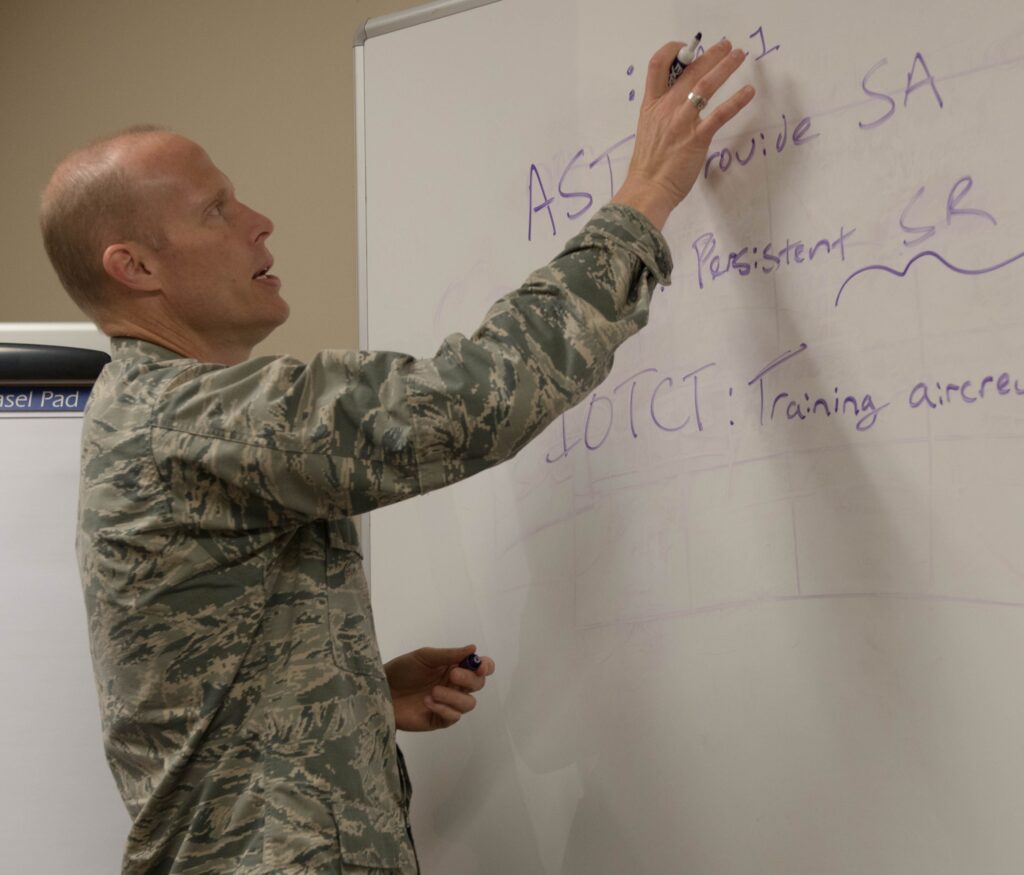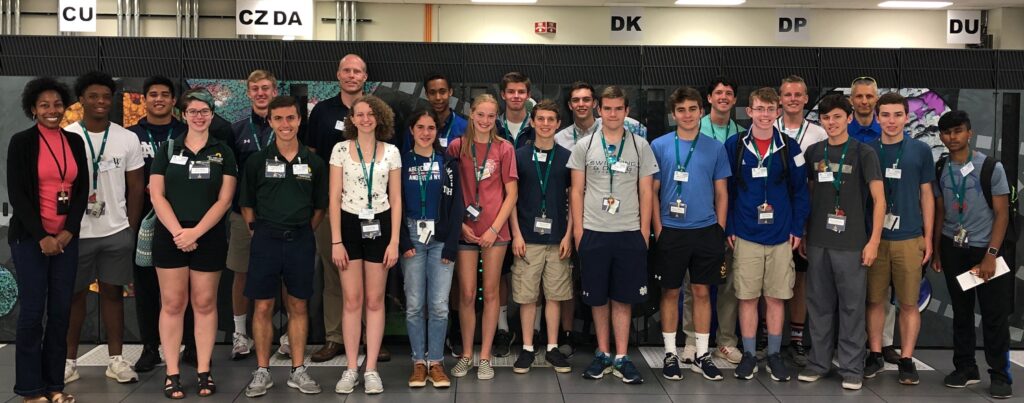Professor Brenner has Achieved a Balance Between Mentoring, Teaching Students, and the demands of his Air Force Reserve Position
September 10, 2022While Paul Brenner’s career did not take the traditional path he initially planned, it has turned out even better than hoped. Every day he is evolving technology to make the world a better place, which was his goal all along.

He began his undergraduate schooling with the intent of graduating with an environmental engineering bachelor’s degree. But when the department stopped offering the degree, he switched to Civil Engineering. He finished the degree and was commissioned as a USAF officer. For flexibility to balance careers with his fiance (and now wife of 23 years), he took an Air Force Reserve position and went on to graduate school at Ohio State University.
After achieving his Master’s Degree in Materials Science and Engineering, he went to industry, working as an engineer at an air pollution control company. This position allowed him to exercise his knowledge and strengths in environmental engineering and materials science, designing air remediation systems that required using materials subjected to high temperatures and toxic chemicals. By day, he was an engineer, and by night, he began teaching physics at the local community college. Through this experience, he changed his path and decided to get his Ph.D. in computer science. He saw design technology shifting from hand calculators to computers and became excited about leveraging computers to make discoveries. In 2007, he was on the job market again, with multiple industries and national lab options. However, Notre Dame was in the process of creating a new Center for Research Computing (CRC), and he was drawn to helping create something from the ground up while also teaching students and leading his own research.
Now the Senior Associate Director of ND’s CRC, he started as the 5th employee of a team that has now grown to 50. “Building a cyberinfrastructure team has been an exciting opportunity to develop high performance and secure cyberinfrastructure to accelerate ND’s research,” says Brenner. His current research focuses on using computer programs to make environmental, drug, social science, and wireless discoveries involving the broader sciences. What he’s most excited about right now is his work in Trusted Artificial Intelligence with the Office of Naval Research (ONR). He explained, “we have computer systems that help us make recommendations, but we also need to validate those recommendations. What’s most interesting are the insights we are getting into more complex systems. We are asking how we can trust AI recommendations for complex systems; because bad assumptions lead to bad recommendations out.”

His most impactful recent work has been on a special ONR collaboration project with Notre Dame’s Wireless Institute (WI) colleague Nick Laneman to expose future officers (ROTC students from Notre Dame and Purdue University) to cybersecurity on computer systems and in the wireless spectrum. They focused on teaching them how to secure, provide, and deny computer and wireless networking infrastructure to allies and adversaries. The project wrapped up at the end of July 2022, and between the CRC and NDWI, they trained over 50 undergraduates in applied cybersecurity research. Although Brenner is passionate about integrating students into research, “I am continually motivated by my students’ energy, optimism, enthusiasm, and continuous renewal of discovery. In addition, Notre Dame students prioritize the moral basis for innovation – innovating for good.”

